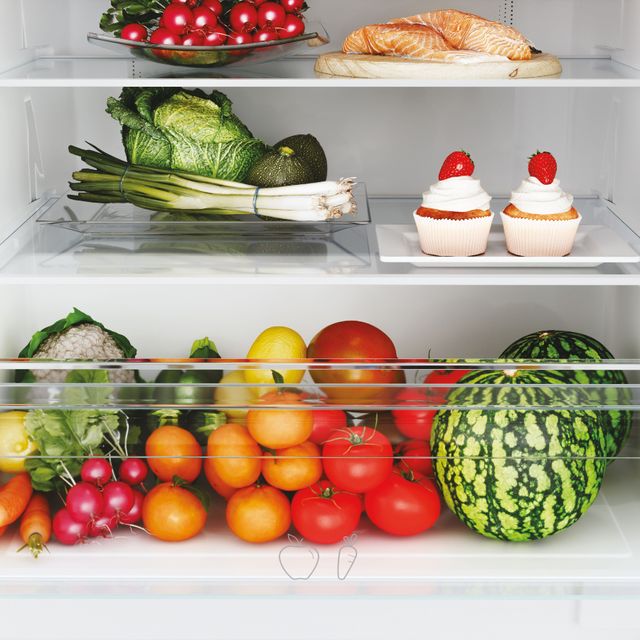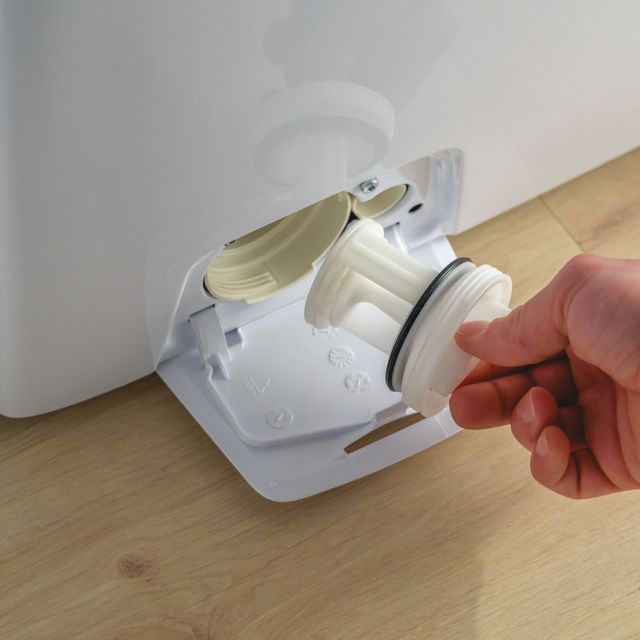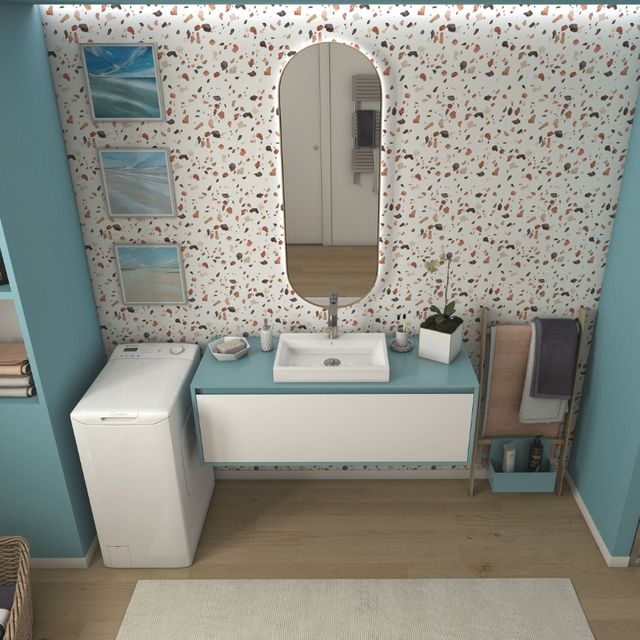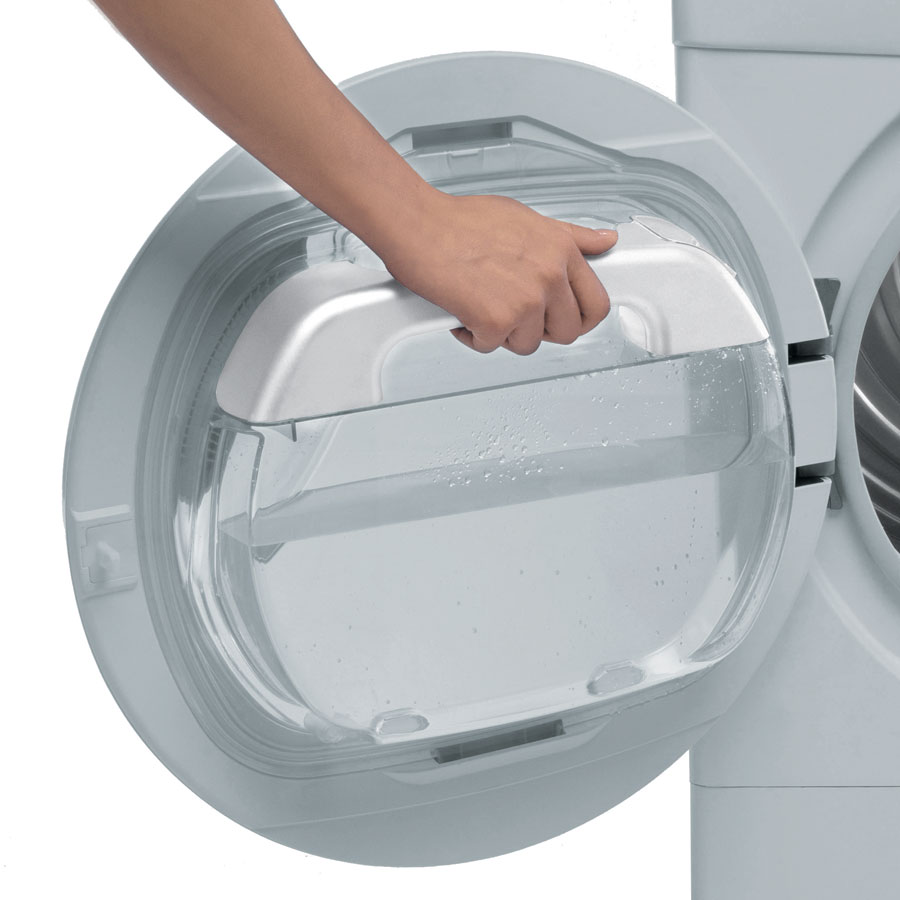The induction cooktop has several advantages that shouldn’t be underestimated. However, you need to know the main features to understand how to choose the best one, suited to your needs. Here is a simple buyer’s guide which will allow you to combine design, consumption and efficiency of your new cooktop.
Induction cooktop: how it works, the pros and the cons
This innovative technology uses the principle of the magnetic fields to cook your food impeccably. Under the glass ceramic hob there are coils that react with the iron base of pots and pans, which activate on contact.
Precisely because of the way it works, there are some considerations to have in mind before deciding to buy an induction cooktop:
- This technology uses electricity instead of gas. It’s more expensive than methane and unless you have heat pumps or photovoltaic panels, electricity bills could increase. However, the consumption of electricity is quantitatively less than that of gas, so with the necessary precautions it’s possible to keep energy consumption costs to a minimum.
- Only a certain type of cookware is suitable to induction cooking: ones with an iron base. This is because the material allows a more efficient reaction with the coils at the bottom of the cooking zones. It goes without saying that pans with a copper, clay or aluminium base will take a long time to heat up and cook the dishes.
On the other hand, there are many advantages to induction cooktops. Among these, we can’t forget:
- Thermal efficiency, which is maximal (90%), compared to other systems. In fact, the plates only heat the area covered by the pot and the heat dispersion is very little, on the contrary of a gas stove, whose efficiency reaches a maximum of 60%.
- Cooking times, which decrease significantly because the heat is concentrated under the pan. The booster mode then allows you to boil water in even quicker.
- Induction cooktops are safer: there are no flames, there is no risk of gas leaks and the only part that heats up is under the pan. Also, once the pan is removed there are no elements to generate the magnetic field, therefore the cooktop stops working. Finally, a series of safety indicators on the display avoid not only energy waste, but also domestic accidents.
How to choose the perfect induction cooktop
In general, it’s recommended to choose a cooktop that allows you to reach the boiling point of water in the shortest time possible and with the lowest consumption levels.
Certainly, safety and energy consumption are the most important elements to take into account when buying an induction cooktop.
Taking care of the first aspect, it’s important for the cooktop you intend to purchase to have:
- A lock against accidental ignition (which also plays a role in the rapid cooling of the plates)
- Spill-proof mode during cooking
- Residual heat indicator
If instead the most important thing for you is the electricity consumption, then there are several solutions that can be adopted. In addition to choosing to use a photovoltaic panel to produce your own clean energy (whose cost, however considerable, would certainly be recouped faster thanks to the use of induction cooktops). In fact, some induction cooktops have a device that limits the power generated, and shows how many Watts are being consumed on the display.
However, you must take into account that the consumption can easily exceed 2.4kW, especially if you use the boost mode. Moreover, if you add the use of another appliance to the cooking process, you will exceed 3kW and will need to increase the power of your meter.
Finally, in terms of electricity consumption, the number of watts used during the stand-by period must be considered: it may seem trivial, but appliances also consume while they are not being used.





